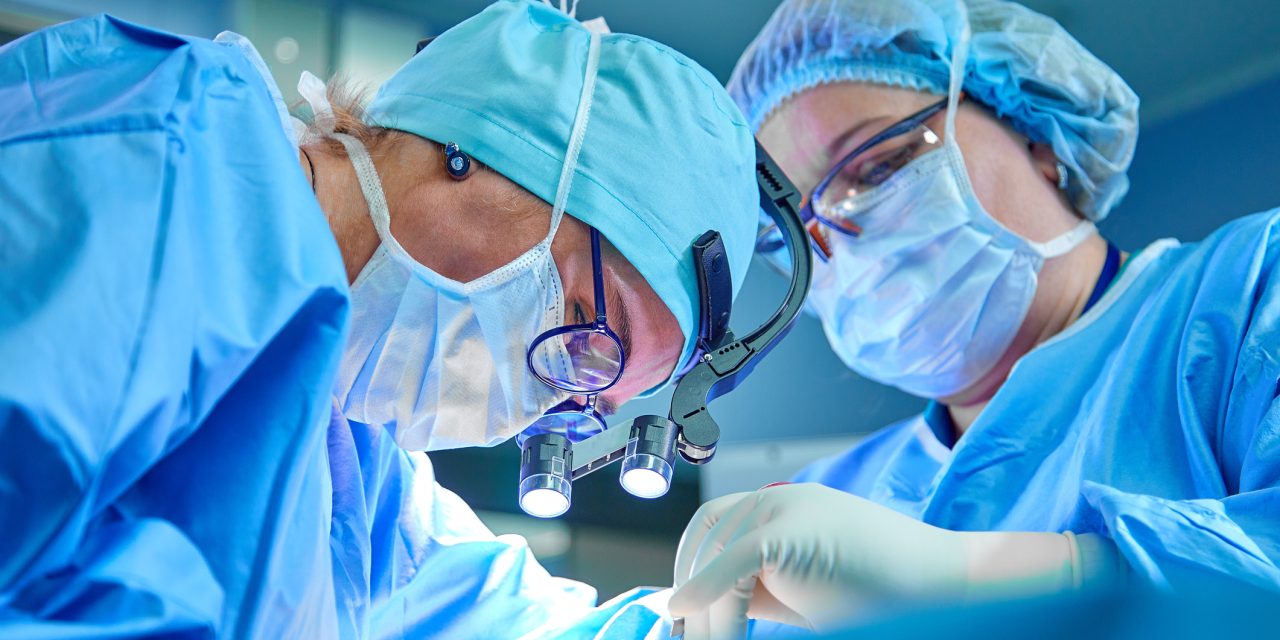Patients with lower extremity amputations using a classic socket prosthesis face many challenges related to the socket-limb interface. The adaptation of osseointegration has allowed for the attachment of a prosthesis directly to bone, eliminating this interface and providing mechanical benefits. Contrary to the socket prosthesis, the osseointegrated prosthesis requires reducing and minimizing the soft tissue envelope. Studies have shown that patients who have undergone placement of these implants have high rates of reoperation for soft tissue redundancy. The purpose of our study was to evaluate complication rates and need for revisional surgery using our technique of soft tissue closure around the prosthesis at the time of implant placement.
An institutional review board-approved, retrospective chart review was performed on all patients who underwent implantation of an osseointegrated prosthesis for lower extremity amputation with concomitant plastic surgery closure at our institution during a 2-year period from June 2017 to June 2019. Patient demographics, health status descriptors, operative data, length of admission, and rates of postoperative complications were gathered from the electronic medical record and coded into a HIPAA-compliant database. Specific outcomes tracked included minor and major infection, osteomyelitis, implant failure, hematoma, seroma, delayed wound healing, and rates of reoperation and readmission.
There were a total of 14 patients who underwent osseointegrated implant placement with concomitant plastic surgical coverage of the prosthesis during the study period. The average patient age was 50 years (range, 26-70 years), and average body mass index was 32.2 kg/m (range, 19.7-44.8 kg/m). Average follow-up time was 28 weeks (range, 10-73 weeks). There were 2 cases of local infection resolved with a course of oral antibiotics. There were no instances of infection requiring procedural intervention or hospital admission, nor any cases of osteomyelitis. Two patients required outpatient surgery for exchange of implant abutment, one required revision of a prosthesis for hardware loosening, and one required targeted muscle reinnervation of a sciatic nerve neuroma. There were no patients who required revisional surgery for soft tissue redundancy and no cases of delayed wound healing.
Adequate planning of incisions and soft tissue contouring is important in the care of osseointegrated patients. Plastic surgery involvement can decrease soft tissue complications and lead to improved patient outcomes.
Soft Tissue Contouring at the Time of Osseointegrated Implant Reconstruction for Lower Extremity Amputation.


